
INFINITO: A Translation Marathon
- Literature
Celebrating Leopardi’s poem with Jonathan Galassi, Luigi Ballerini, and NYU students
View details about the event: INFINITO: A Translation Marathon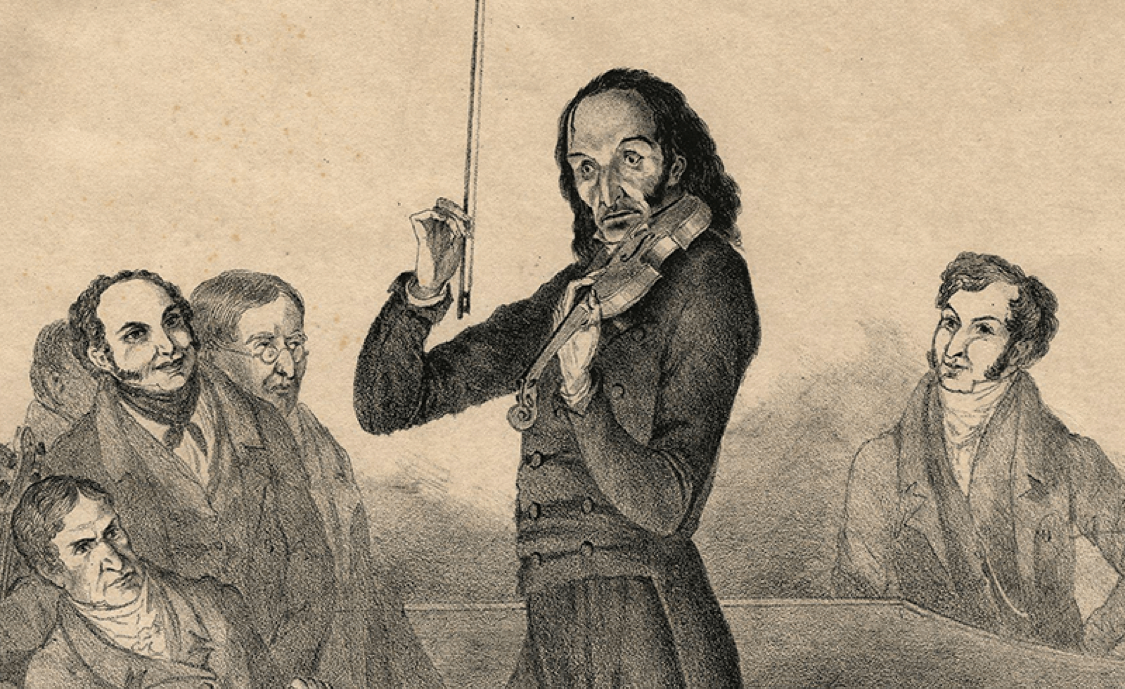
“What Makes it Italian?”: According to Puccini
View details about the event: Niccolò Paganini (1782 – 1840): Virtuoso casino-owner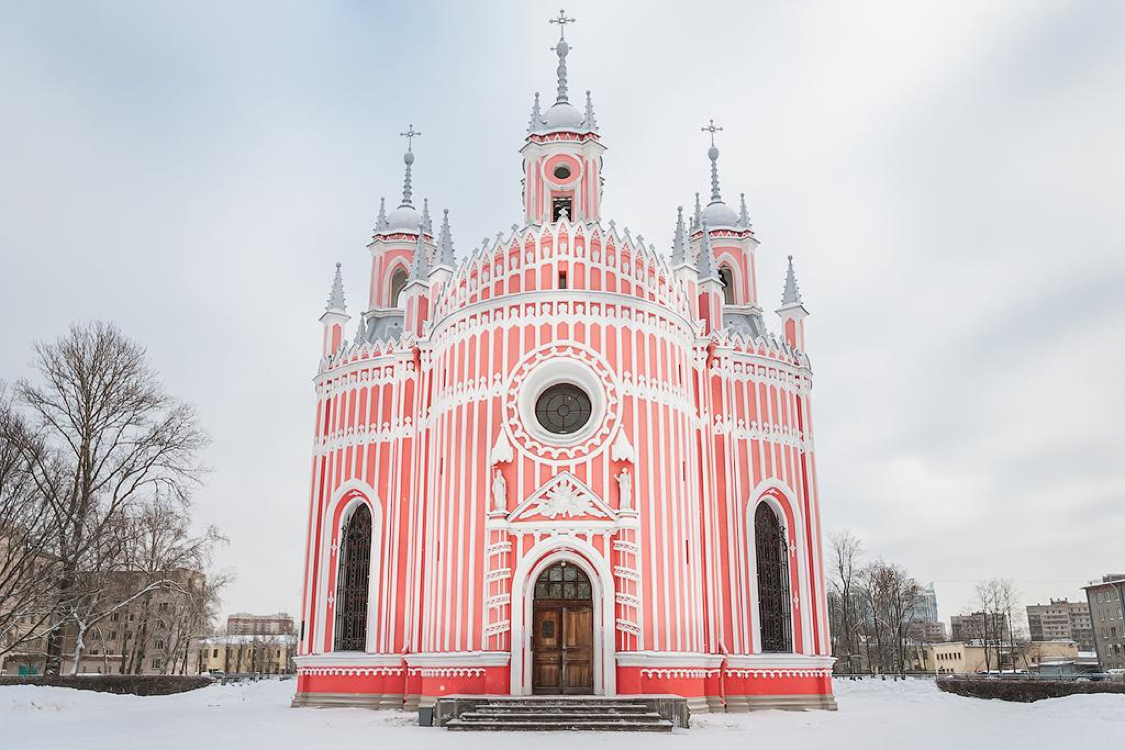
“What Makes it Italian?”: According to Puccini
View details about the event: Giuseppe Sarti (1729 – 1802): Composer to the Tsars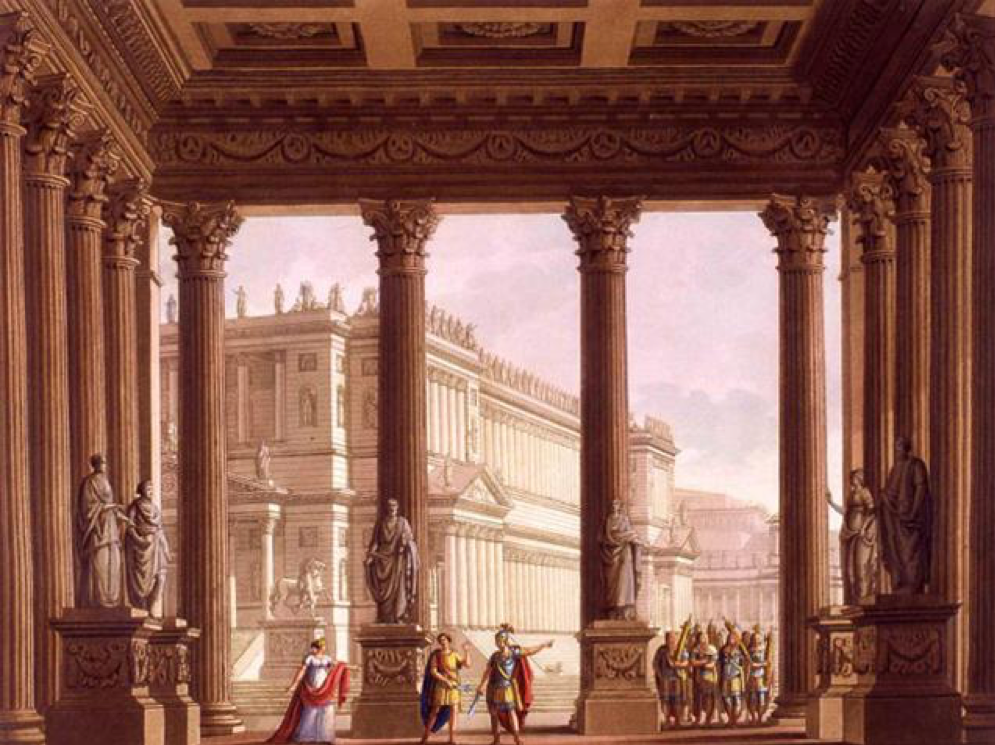
“What Makes it Italian?”: According to Puccini
View details about the event: Antonio Caldara (1670 – 1736): Creator of the first ‘Clemenza’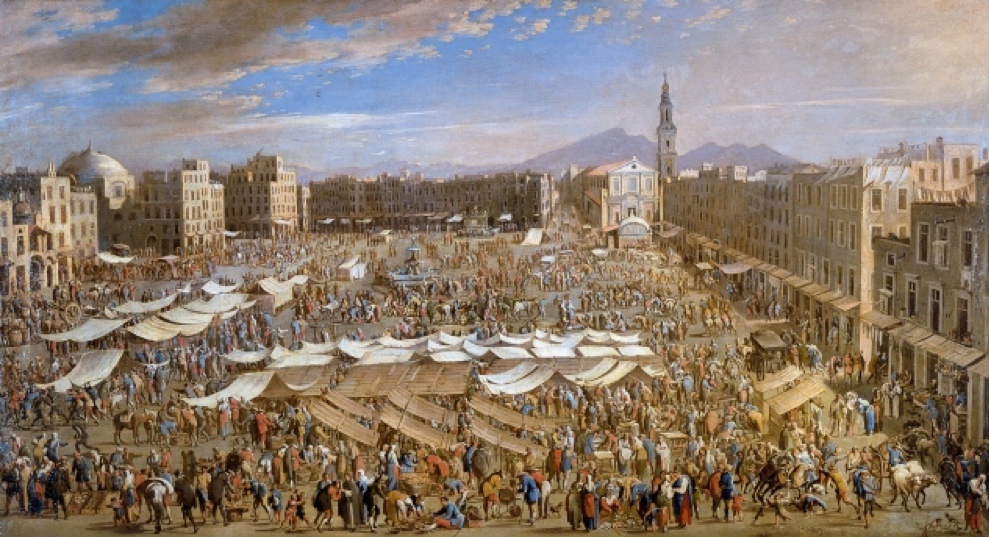
“What Makes it Italian?”: According to Puccini
View details about the event: Francesco Provenzale (1624–1704): Founder of the Neapolitan School
“What Makes it Italian?”: According to Puccini
View details about the event: Francesco Corteccia (1502 – 1571): Weaver of new textures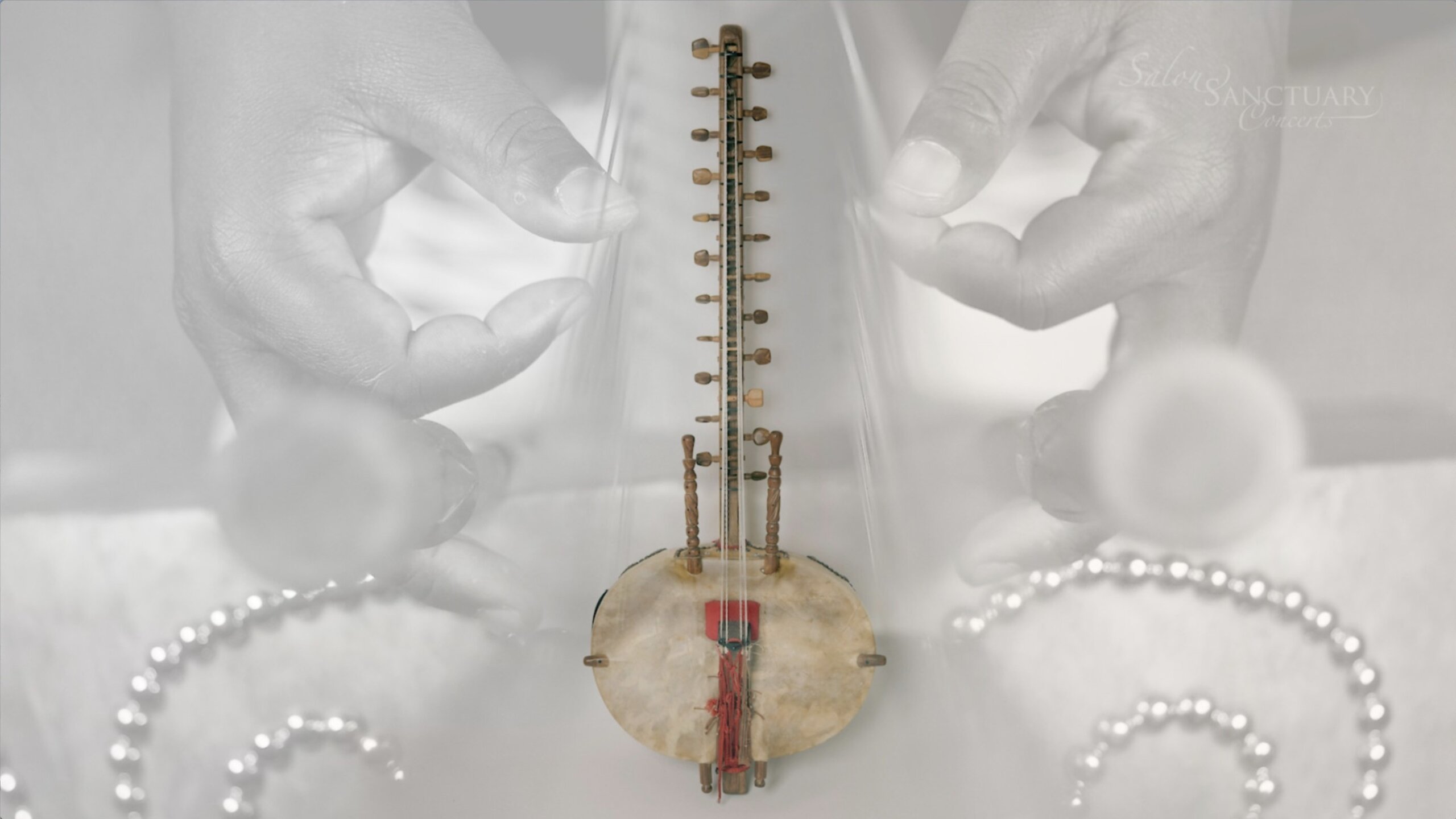
Toronto Film Magazine
Read more about: Babylon: Ghetto, Renaissance, and Modern Oblivion. An Interview with Jessica Gould (open in a new tab)
Today’s word is POGO, Italian for a mosh pit.
Watch the video: Parole Parole: “Pogo”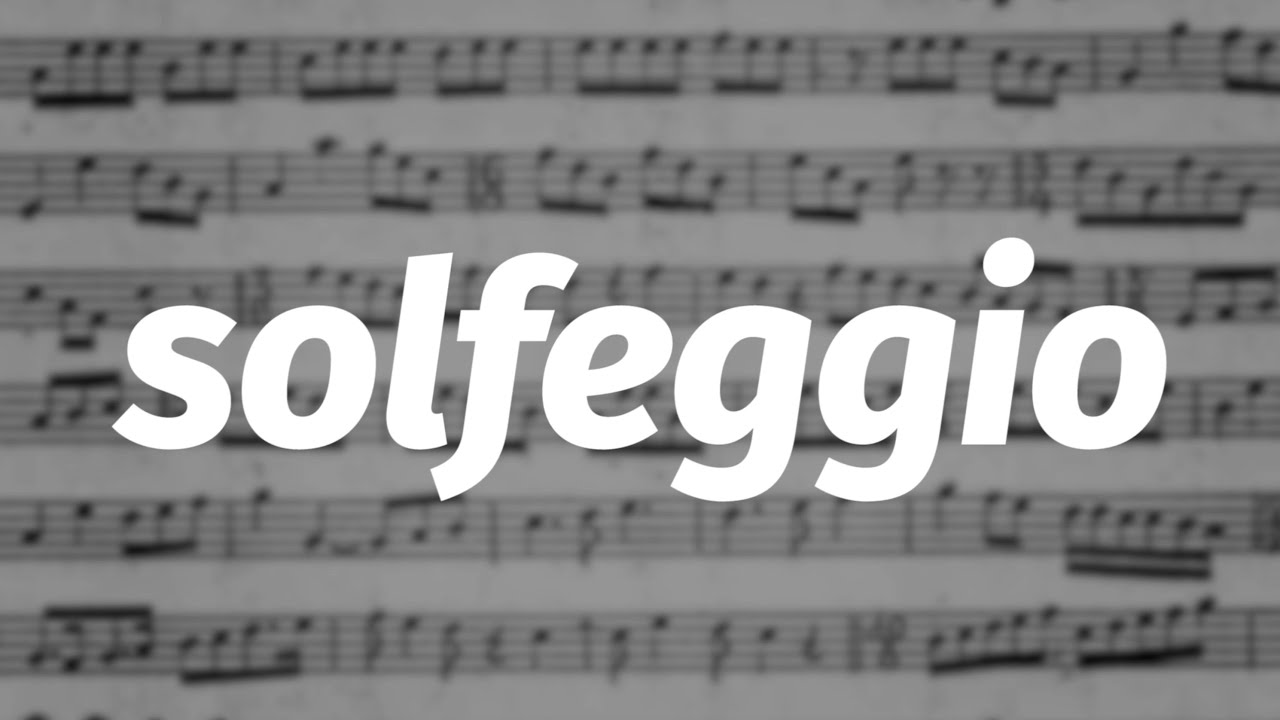
Today’s word is SOLFEGGIO.
Watch the video: Parole Parole: “Solfeggio”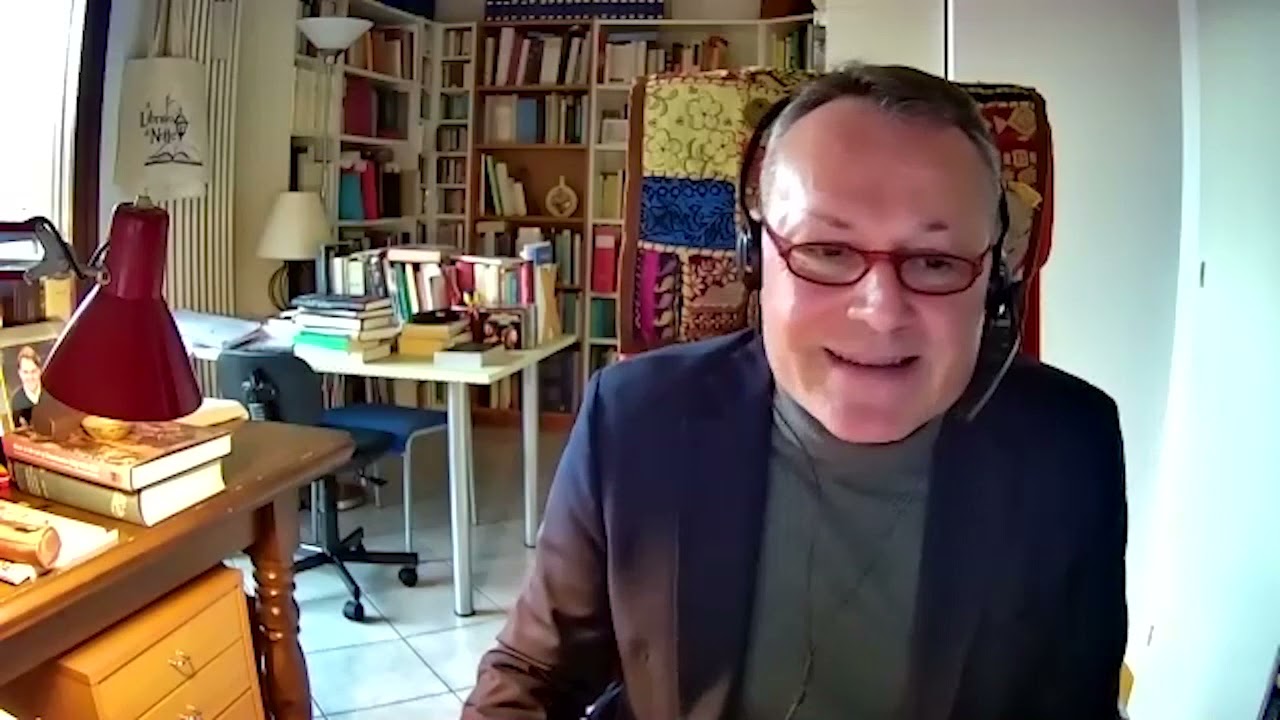
Part of the series “Viva Voce”
Watch the video: Dancing Divas: Bellini’s “La Sonnambula” on Video in 1950s Italy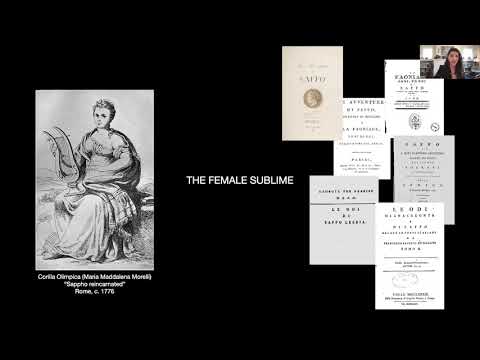
A talk by Jessica Gabriel Peritz (Yale University) Respondent: Shane Butler (Johns Hopkins University) Co-sponsored by Medieval and Renaissance Center at NYU Moderated by Eugenio Refini (NYU)
Watch the video: Domesticating the Tenth Muse: Myths of Female Voice and Enlightened Progress in 1790s Italy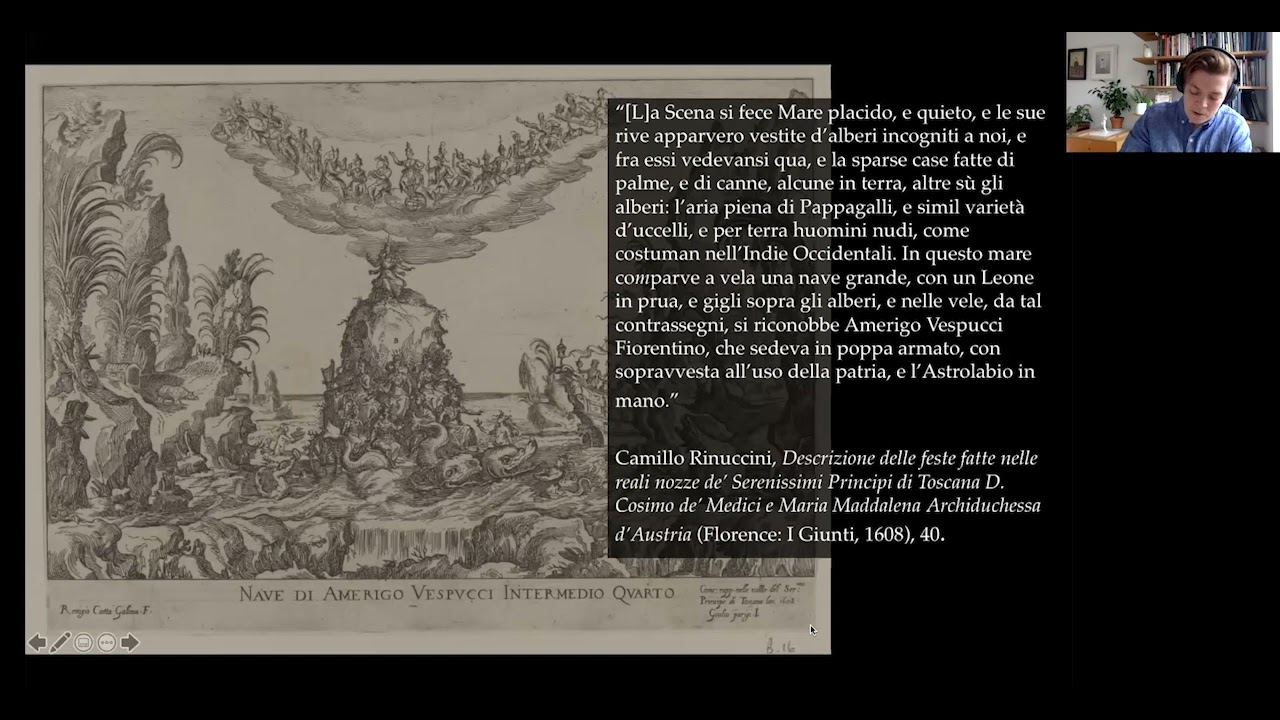
Part of the series VivaVoce Early Modern Voice and the Representation of Racial Difference Scenes of Performance at the Medici Court in the Primo Seicento
Watch the video: Early Modern Voice and the Representation of Racial Difference
Today’s word is FARFALLONE, Italian for the male butterfly, and figurative for a ladies-man.
Watch the video: Parole Parole: “Farfallone”